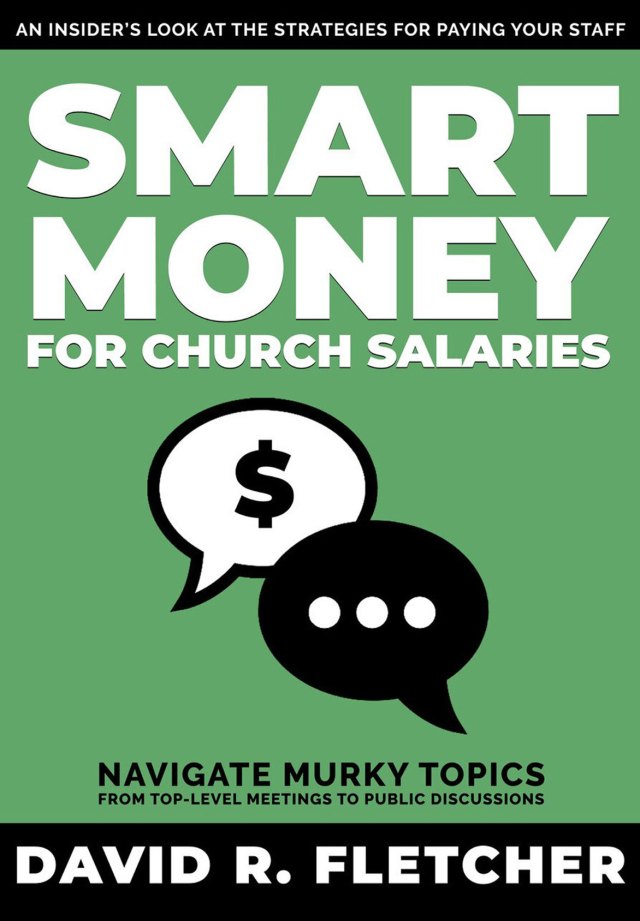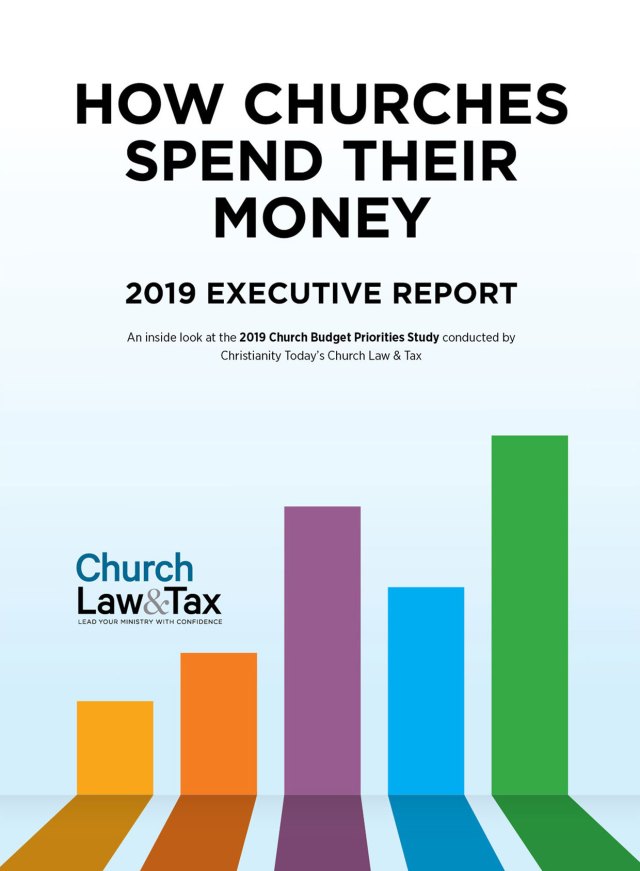Can a minister who files for bankruptcy protect his pension funds from bankruptcy creditors?
That was the issue before a federal bankruptcy court in an important ruling. A 56-year-old minister declared bankruptcy, and both he and his denominational pension board sought to protect his pension funds from the reach of creditors in the bankruptcy proceeding.
The pension plan is funded by a combination of member and congregation contributions. The plan provides that the minister shall contribute 3% of his salary and the congregation which employs him shall contribute 8% of the member's salary.
Both the member and the congregation may make additional optional contributions, which are to be allocated as member or congregation contributions, respectively. When a member attains the age of 60 years or completes 40 years of service, the combined accumulation of the member and congregation contributions is applied to purchase a retirement annuity for the member.
The plan provides that if a member becomes ineligible under the plan before the age of retirement or 40 years of service, he may elect to withdraw part or all of the accumulated member contributions. The amount remaining in the member's account will be fully vested in the member and will continue to draw interest until it can be applied toward an annuity or death benefit as provided in the plan.
The member accumulation that may be withdrawn consists solely of member contributions and does not include interest on those amounts. The pension board conceded that the debtor could become eligible to withdraw the accumulated member contributions under the plan by the act of resigning his ordination as a minister.
The current balance in the pension fund is $51,273.35, and the total member contribution, which is the amount the debtor actually contributed to the plan, is $6,848.10. The pension board argued that the entire pension was beyond the reach of the bankruptcy court, or, if this argument lost, that only those funds contributed by the minister himself (and not the congregations) could be reached by the court.
The pension board noted that, under a clause prohibiting alienation or assignment of an interest in the plan, the plan assets could neither be levied upon by creditors nor transferred by the debtor. The board did not dispute the court's characterization of the minister's personal contributions as "voluntary," but asserted that since the minister has no present right to withdraw the member accumulation portion of the plan, neither should the court be able to reach the minister's interest for the benefit of creditors.
The court concluded that the minister's own contributions to the plan were reachable by the bankruptcy creditors, but not the contributions made by congregations to the plan. It emphasized that "the scope of the bankruptcy estate under the Bankruptcy Code is quite broad and consists of 'all legal or equitable interests of the debtor in property as of the commencement of the case.'
In general, property becomes part of the debtor's estate regardless of any restrictions which may have been placed on its transfer." However, there is an important exception to this rule—a minister's pension account is not reachable by bankruptcy creditors if the plan prohibits transfers to creditors (or anyone else) in a way that satisfies the definition of a "spendthrift trust" under state law. A spendthrift trust is a trust that is created for the benefit of a particular beneficiary by a person who does not want the beneficiary to have any control or access to the trust funds. It ordinarily is designed to protect a beneficiary "from his own improvidence or incapacity."
The court noted that "traditionally, there are three requirements for a spendthrift trust: (1) the settlor [i.e., the person who creates the trust] may not be a beneficiary of the trust plan, (2) the trust must contain a clause barring any beneficiary from voluntarily or involuntarily transferring his interest in the trust, and (3) the debtor-beneficiary must have no present dominion or control over the trust corpus." The court emphasized that "the beneficiary's inability to gain access to or demand distribution from the trust corpus is the primary element of a spendthrift trust."
The court concluded that the minister, at the time of filing bankruptcy,
"had the ability to withdraw the member accumulation portion of his pension assets by the act of resigning his ordination as a minister …. In a true spendthrift trust, a beneficiary can take no action to initiate an early termination of the trust or invasion of the trust corpus. A right to control distribution from trust funds is inimical to the purpose of a spendthrift trust, which is to provide for the maintenance of another while protecting the beneficiary from his own improvidence or incapacity. Because the [minister] could access the entire amount of his member contributions by the voluntary act of resigning his ordination as a minister, he has effective dominion and control over these assets sufficient to disqualify this portion of the plan as a spendthrift trust."
The court concluded that "the plan fails as a spendthrift trust to the extent that the [minister] can compel a premature distribution of plan assets, as this is contrary to the purpose and requirements of a spendthrift trust."
However, the court concluded that the congregational contributions to the minister's pension fund were not accessible to the bankruptcy creditors, since this aspect of the plan satisfied the requirements of a spendthrift trust.
The court observed:
"Under the terms of the plan, the [minister] could withdraw only the member contribution portion resigning his ordination at this time. The amount remaining the pension plan is shielded from his dominion and control thus retains its character as a spendthrift trust. Disqualification of a portion of a plan as a spendthrift does not bring the [minister's] entire interest, including funds to which he has no rights of withdrawal, into property the estate. The funds to which the [minister] has no right of withdrawal satisfy traditional spendthrift requirements [and are excluded from the reach of bankruptcy creditors]."
The court stressed that as to the congregational contributions to the pension fund, the plan "contains an absolute restriction on alienation or assignment of plan benefits, and there is no question … regarding the sufficiency of the plan's anti-alienation clause." This case provides important insight into the ability of creditors to access clergy pension funds. It should be reviewed carefully by both ministers and denominational pension boards. Tomer v. Board of Pensions of the Church of God, 117 B.R. 391 (S.D. Ill. 1990).




